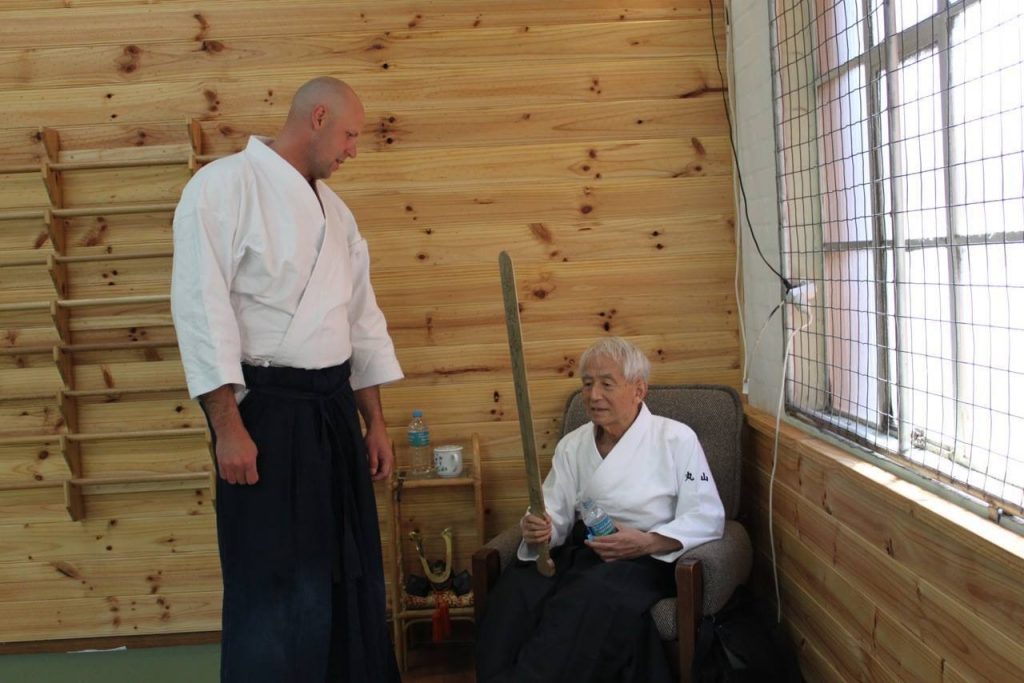
The techniques of Aikido change constantly; every encounter is unique, and the appropriate response should emerge naturally. Today’s techniques will be different tomorrow. Do not get caught up with the form and appearance of a challenge. Aikido has no form – it is the study of the spirit.
– Morihei Ueshiba
The unchanging fundamentals of an art vs the ever evolving techniques required of interacting in a dynamic, ever changing environment.
These are the challenges that face true practitioners of any “way”.
A formless art is an unteachable art.
By its very definition it isn’t something that can be transmitted by what is said, it can only be experienced by hand to hand, heart to heart transmission.
Once the bat-ton passes(if it ever does) from master to student, what the art was in form and function changes and grows, but what it was in fundamentals remains.
As this evolution happens, it’s normal for those that don’t understand to question what is taught, as the only measure that they understand is technique, and this attachment to form that the new master had to transcend to ascend to the top of the mountain.
Because the gate remains closed to most, attachment creates agitation of the mind and spirit – those that don’t know see through a glass darkly. The one that knows sees with sumi-kiri, – perfect clarity.
The one that received transmission sacrificed it all upon the pyre of ukemi(literally to receive the teaching), and after metal is forged, folded and quenched there is no way that it can have the same outward appearance as it did before the process began.
Nor are any two forged blades the same. Master and student made of the same process forged into seperate blades.
Changing technique happens this way and this way alone. Not on a whim or out of frustration or annoyance, or shallow understandings based on catchphrases that resonate in the culture of the time.
Changes happen through a process of self sacrifice, introspection, hard work, talent and a little luck.
This has always been the way.
Go sell crazy some place else.
Peter Kelly
